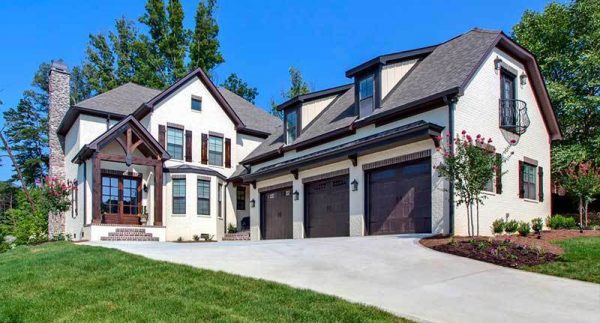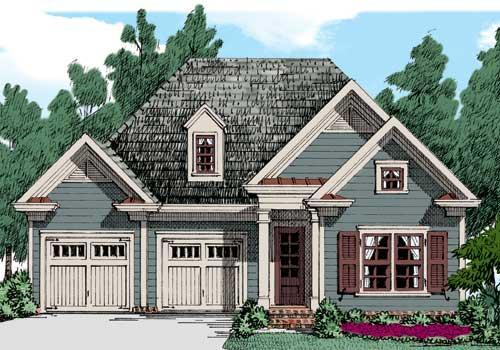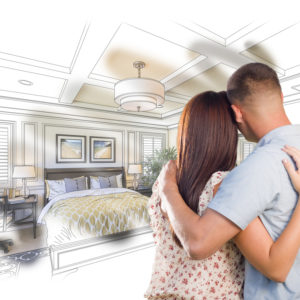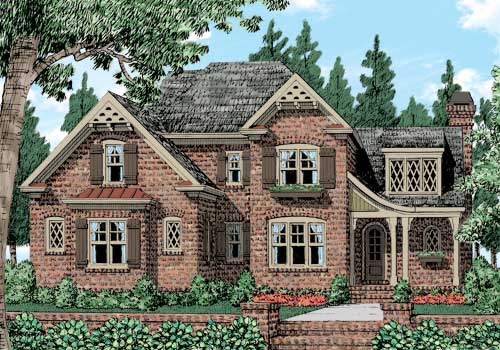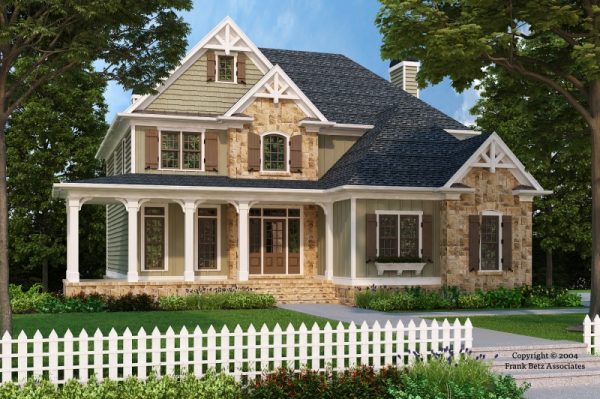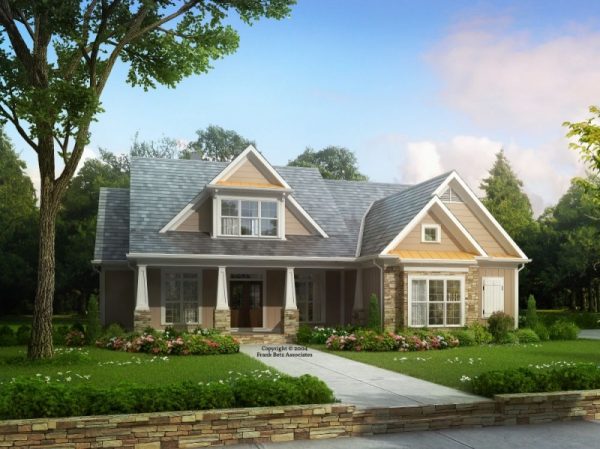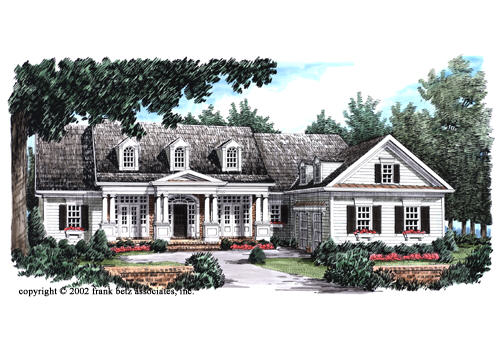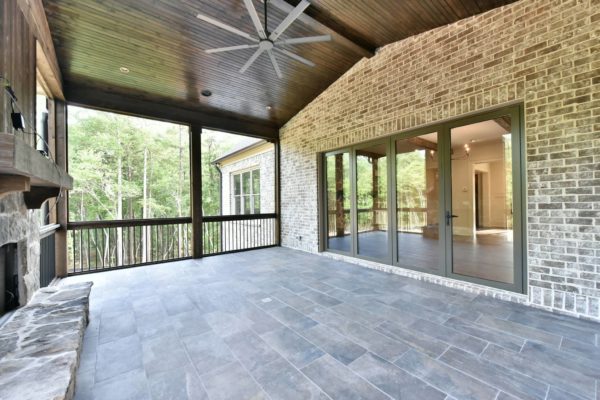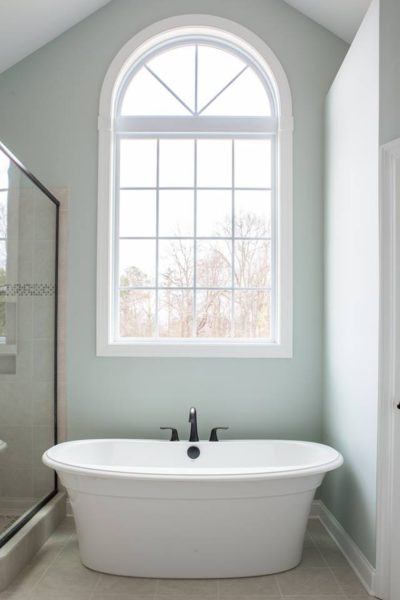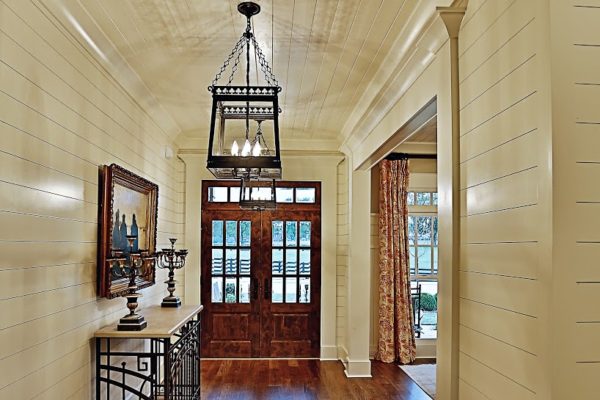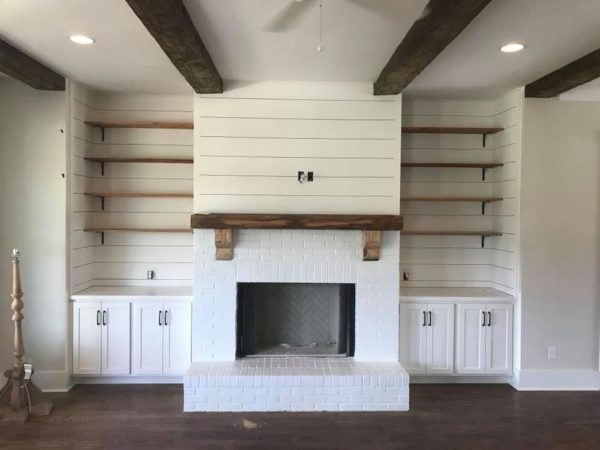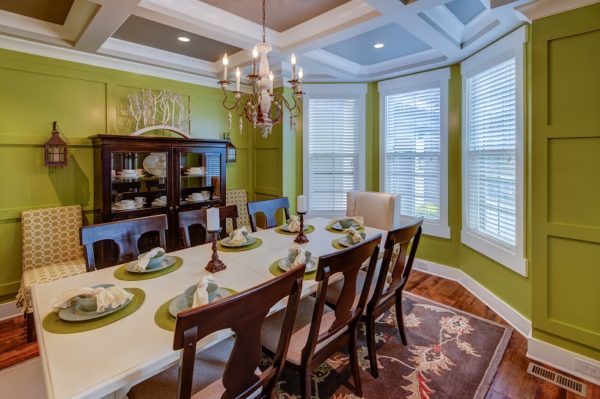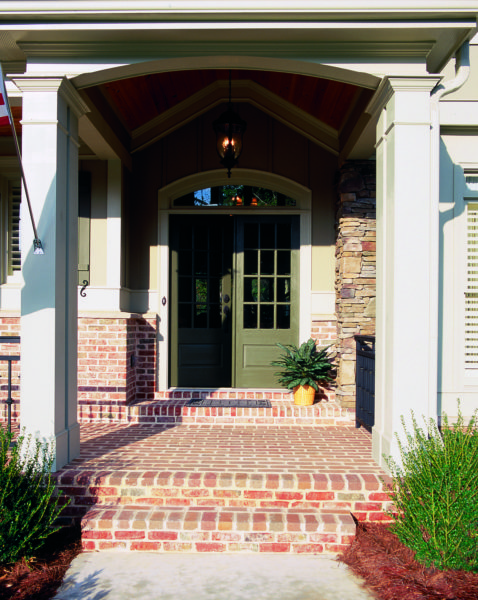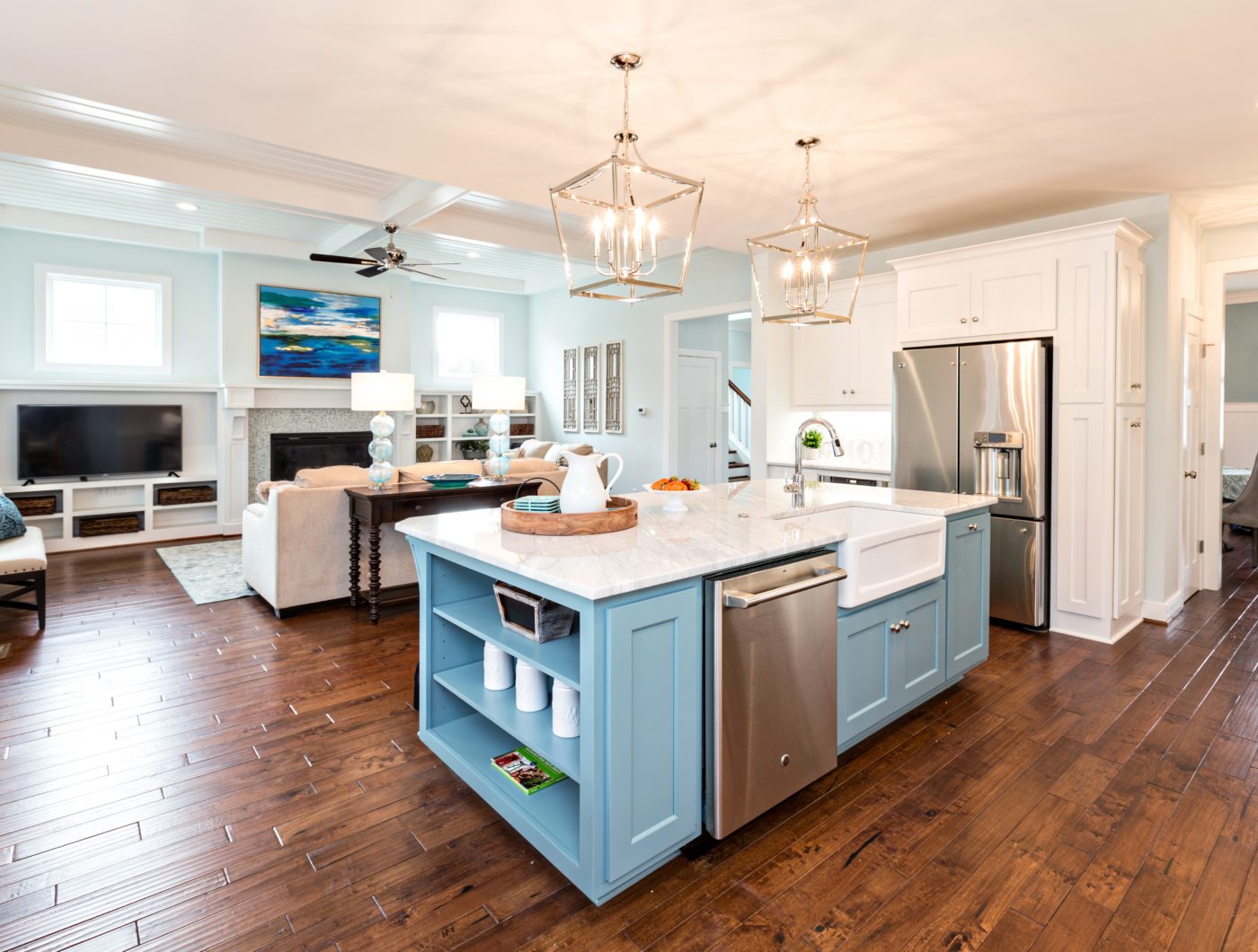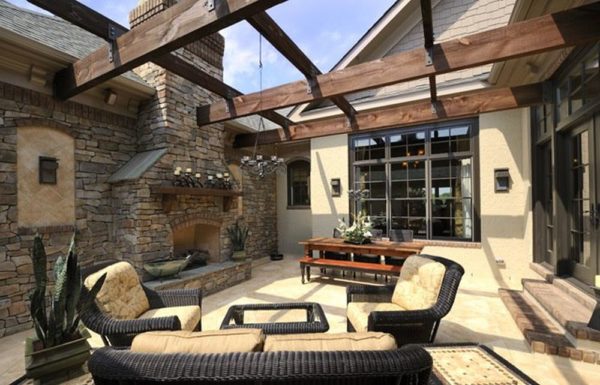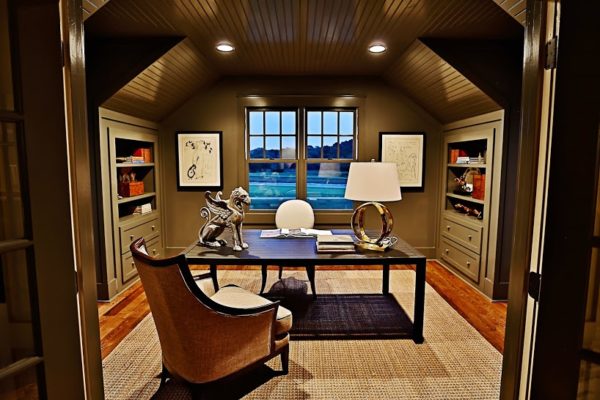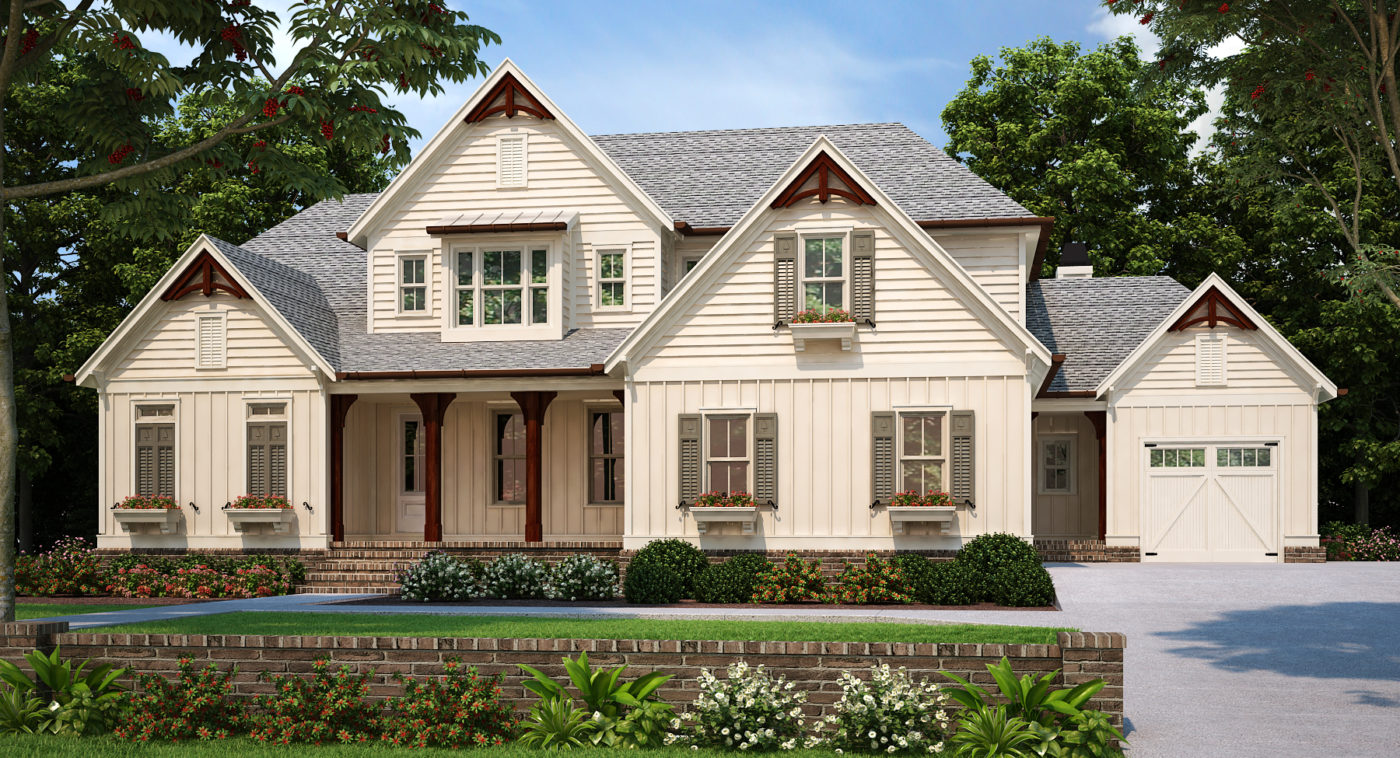When designing a home, there is a number of different aspects to consider. Most home buyers want a modern design with staying power, something that won’t fade out of style as the years pass. This can be a difficult assignment for a home designer. ‘Modern’ doesn’t necessarily mean timeless though, and trends fade as the years march on. If you want a timeless design for your home, you will need to actually think inside the box. Because when it comes to home design, the tried and true ways are often still the best.
Accept Traditional Design Standards That Are Established, Don’t Veer Too Far Off Course
Everyone wants their home to be unique, but there are certain proven methods that have become established for a reason. They work both from a style and a functionality perspective. So when you start the design process, do not throw decades of design practice out the window. You can still have a one of a kind home while sticking to more traditional design standards. Venturing too far outside the established norms can turn your home into a funhouse, something that will really come back to bite when it’s time to sell. Keep it simple here.
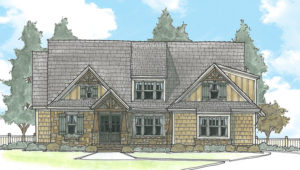
Traditional Designs Have More Acceptance and Appeal To Buyers When It’s Time to Sell
Unfortunately, you cannot just think about your own personal preferences when it comes to home design. Especially if you are a first time home buyer. Unless you plan on living in the house for the rest of your life, you need to consider what the design will do to the resale value. Sure, a gothic style might appeal to you now, but it could turn off potential buyers later on. The Colonial, Georgian, or Victorian styles have proven to stand the test of time and will entice future buyers down the road.
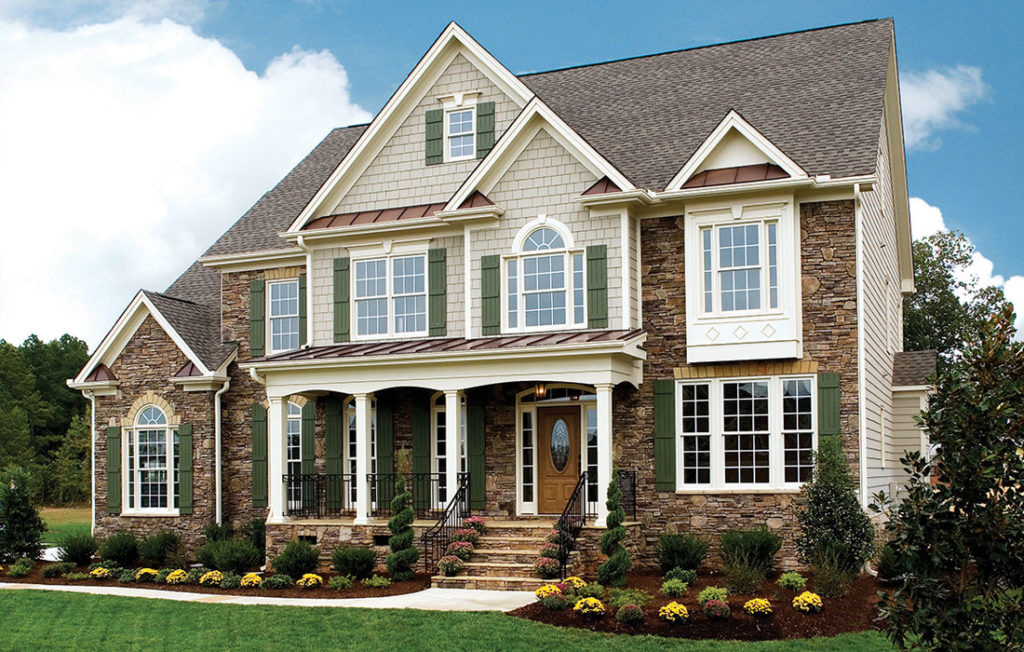
Timeless Designs Can Be Fresh and New Without Losing Traditional Appeal
Know that your new home is not destined to be cookie cutter. Traditional designs can be updated with new ideas and still hold their timeless appeal. For example, you can borrow bits and pieces from traditional style and use them to give your modern home a more classical appearance. Use neutral color schemes and motifs to give rooms a traditional feel. Also, elements like granite and wood give even the most modern houses a nod to the traditional. And as far as furniture is concerned, done tastefully, it is okay to mix traditional furniture with modern architecture and vice versa.
Regardless of your home design preferences, traditional styles are tried and true and have mass appeal to potential buyers. Traditional design aesthetics like room placement, ceiling height, and window choices to name a few have stood the test of time for a reason. They work and can work incorporated in to most other home styles. Mixing in traditional features will give your house a timeless appeal, not to mention the resale value you are looking for.
